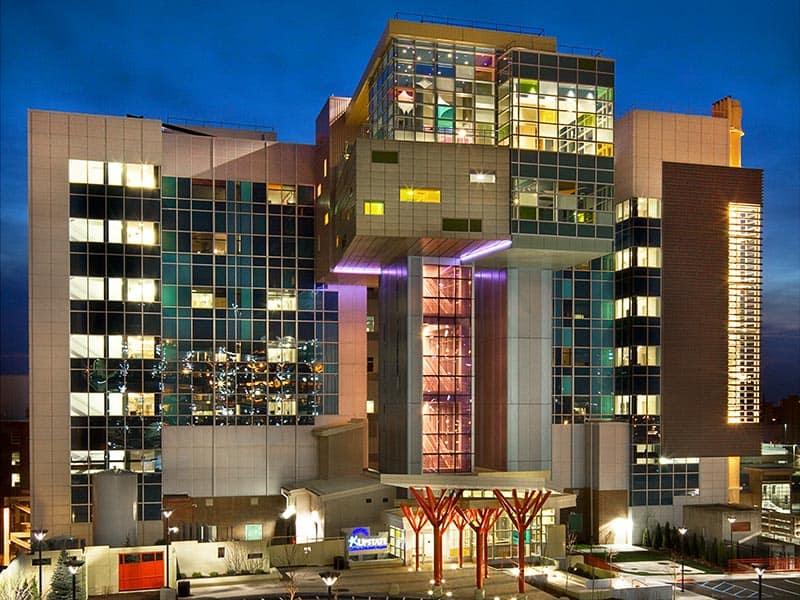By Jim D’Aloisio | Wednesday, October 5, 2016
It’s time for the Code Change Drill! It’s the time when all of our drawing and specification references, as well as the design codes that we design to, need to be changed. And since codes never seem to get simpler, this is no easy task.
The time frame for implementation is now. For building project designs completed before 3 October 2016 engineers and architects must identify which code family to follow – either the codes adopted in 2010, or the new IBC 2015-based code, as modified by New York State. Documents submitted for a building permit should indicate to which code the project was designed. The only exception is the Energy Code, the commercial portion of which was changed in January 2015 – all portions have completely changed as of 3 October.
Here’s a brief rundown of some of the changes that we’ve seen:
Structurally, all of the referenced design standards have changed, including those that govern wind, seismic, and snow design. This is challenging for structural engineers, but should not result in significant changes to the designed structures, from the perspective of owners, architects, and contractors, with limited exception (see below).
The allowable stress increase on guard rails has been removed, effectively increasing the required design strength. Some handrail and guard rail designs might require larger members and stronger connections.
The design wind speed has changed, but wind loading did not change much. Previously the “peak 3-second gust” wind speed per ASCE 7-05 was 90 mph. The new Code references ASCE 7-10 which increased the base wind speed to 120 mph and also reduced the design load factors, resulting in similar magnitudes of net wind forces on buildings.
Structurally, new Code provisions include design requirements for atmospheric ice loads, structural integrity for high-rise buildings, and ballasted rooftop PV systems in seismic design categories (SDC) C and greater.
All Special Inspections references have also changed, so practices (like ours) that identify the specific testing and inspection requirements in their Statement of Special Inspections must extensively modify their forms. Inspector qualifications have also changed, and there are other significant changes, such as a new requirement to inspect open-web steel joists. Also, both wood and cold-formed steel trusses 60 feet or longer will require special inspection of their construction bracing system. This requirement is a first – it should reduce the number of construction-phase collapses of these systems.
The Energy Code has increased many of the prescriptive requirements of building envelopes and efficiencies of mechanical systems, and in so doing has also raised the bar for performance-based compliance paths. The IECC-compliance code path now also allows the building envelope trade-off method, which was formerly only allowed when using the ASHRAE 90.1 path. This is the method used by the free energy code software COMCheck (and RESCheck). Other aspects of the Code have tightened as well, including the mandatory requirements for effective air barriers.
Unfortunately, the Department of State will not be publishing a set of NYS Codes for the new code family. This requires everyone in the industry to amend the ICC 2015 code set and its promulgated references with the lengthy NYS 2016 Uniform Code Supplements, which we have completed. We also have updated our standard specifications, general notes for drawings, and our base Statement of Special Inspections to incorporate the changes. More information can be found at http://www.dos.ny.gov/dcea.



